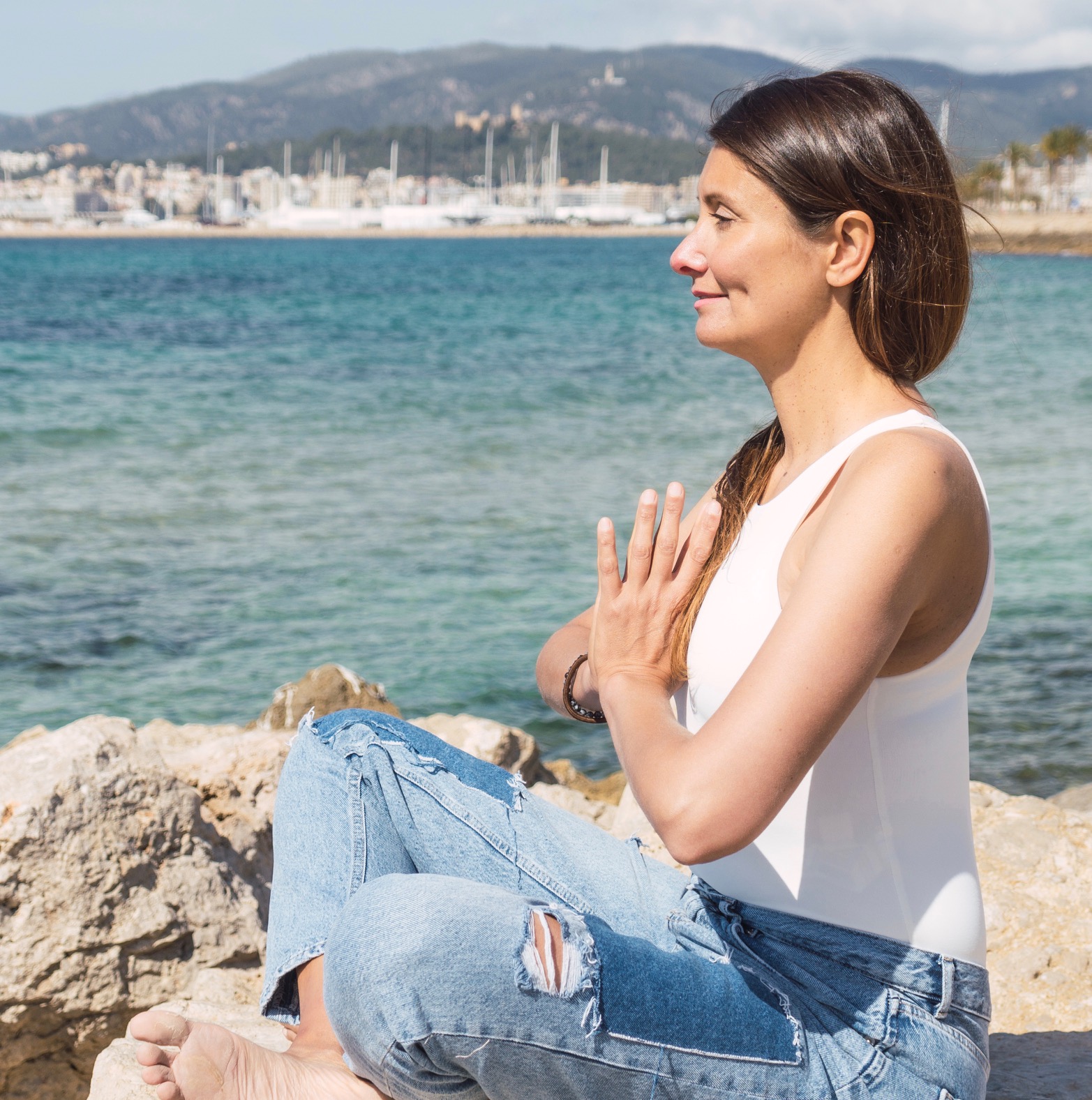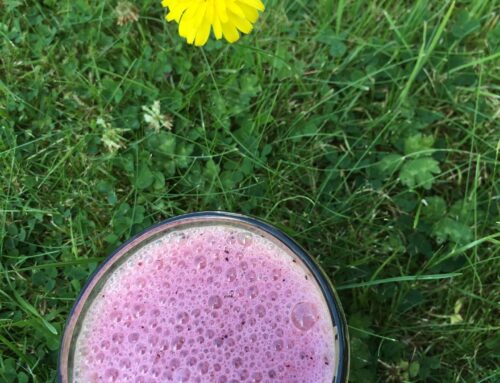Masters of different doctrines have taught us throughout history to redirect our attention inward, with the purpose of better understanding our priorities in life, in order to find true peace and liberation. I am going to name three aspects of meditation:
1. The first, we do not meditate to blank out our minds or become part of something external, but instead to delve into who we really are and what is halting our potential.
2. The second is that many people seek to find something in the practice of meditation, yet these expectations can be counter-productive. The habit of meditation brings us closer to our being. We meditate to be in the present, everything else comes by itself.
3. The third aspect is to let the thoughts come and go by observing them instead of getting attached to the thoughts themselves and they represent. Rather, we are to be observers in order to feel the present, without mind, expectations, or judgments, so that we can better connect with our being.
Throughout history, meditations have been practiced with spiritual guides, but today people have learned to be autonomous in practicing meditations without the need to go to a centre or follow a particular doctrine. Benefiting mentally and physically from a daily practice to cope with the stimuli and demands of a hectic society, people who meditate daily often find greater self-confidence, increased self-esteem, and the ability to feel love for others. This is because, as you surrender, there is not longer any expectations, instead you are represented with all the benefits that come from being in the present.
What does meditation entail?
The practice of meditations is becoming more popular than ever in the West, although there is still a great misconception on what it is, and how it is practiced. Meditation covers a wide range of varieties from: hiking, dances such as the 5 Rhythms (dancing the 5 elements: earth, water, fire, air and metal, each linked to an emotional state and organs of the body) or Sufi dance over the heart centre, chanting Mantras (vibrating with sounds), Devotional music (devotee surrender), Sungazing (looking at the sun at sunrise or sunset). There are also many sports that bring you into meditative states of mind.
All of these activities are forms of meditation, as they require your full attention and bring you into the present moment.
Meditation and the mind
We can try to remain seated still in silence, but have a super busy mind, or practice Hatha yoga which is training the mind to stay in the present moment with each pose. In other words, when we speak about meditation, we are referring to the mental state instead of the activity.
The nature of the mind is to move from one thought to another. This mechanism is said to be responsible for all emotional problems and illnesses.
Peace and happiness is found when we dominate the mind with activities where we do not get attached to our thoughts, rather train the mind to reach a state of internal stillness. It is then that we are able to hear and see ourselves clearly.
The capacity for greater intuition and awareness is often reflected when we are in constant practice. For example: on a walk in a forest or when you sunbathe, solutions to problems may arise spontaneously that cannot be found when your mind is troubled.
Introductions to practice meditation
1. Find a quiet place that you feel that you can transform it into the place you can use to meditate.
Turn off your phone. Use a 15-minute alarm for the full duration of the exercise with with low sound or a clock near you to check the time. Write down on a paper all the things that you have on your mind that you must do. If something comes up that worries you, write it down and continue.
Sit on a cushion or blanket with your back straight and stretched out and with your legs crossed. Alternatively, you can sit in a chair with your back straight, but do not cross your legs in this position. Place your hands on your knees with your palm facing up.
2. Observe which area of your body is tense and relax that area. For me it is usually my shoulders and neck. I usually bring my shoulders back to lower them and move my chin inwards so my neck is aligned with my back.
Close your eyes, begin by relaxing your face and letting go of possible tensions from your eyes. Then begin by relaxing your ankles, legs, arms, abdomen, waist, chest and back.
3. Close your eyes and start to count five to inhale from your navel all the way up to the centre of your heart. Then exhale in five, all the way down from the centre of the heart to the belly button , putting all your attention in your breathing for 5 minutes. Then let the flow of your breathing be natural and relaxed and observe the differences you feel.
4. You can repeat a “Mantra” or simply “I am”, also if you are a Christian you can use “devotional” music or repeat the name of “Jesus“.
5. Once 15 minutes has been reached, let your palms touch so your hands are in a prayer position, and bring them to the centre of the heart in gratitude for the time you have invested in yourself. Stay there for a few seconds and slowly begin to open your eyes. Before you get up or look at your phone or your device, observe the benefits the practice has had on you by reviewing some sensations in your body and some sensations of well-being in your mind.
Don’t worry if you can’t find anything. It takes time to master the mind.
Namaste!
Reference:
SMITH, Erica and Nicholas Wilks. La meditación: Introducción a la técnica, sus tradiciones y sus beneficios (Editorial Paidós, S.A.I.C.F. 1997)



